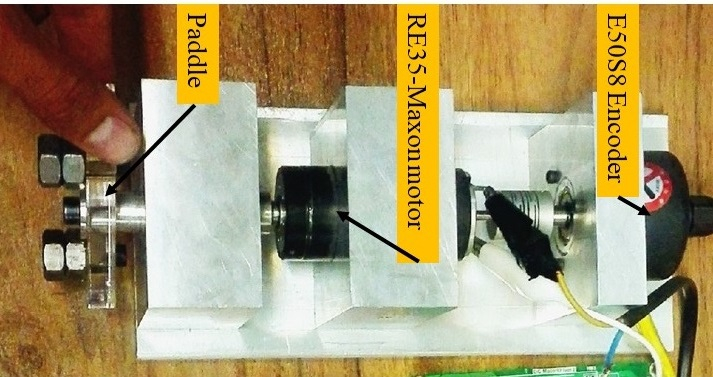In recent years, people have become interested in interacting with a virtual world via a virtual reality system. Haptic robots are designed to provide the sense of touch in this connection. There are various and continuously increasing applications for these robots in education, medicine, entertainment, etc.
In this thesis, a new process for designing a controller is introduced, with the aim to improve the transparency of the haptic robot. Several new formulas have been obtained for calculating the controller gains, which will significantly facilitate the controller design process. In addition, a parameter study is accomplished on the effect of the haptic robot and the virtual environment parameters on the controller gains.
To have a better understanding of the system's transparency performance and comparing the results of different controllers, a new quantitative index has been introduced. The index is based on the degree of compatibility of the controlled system performance, with the desired virtual environment characteristics. The introduced transparency index shows that the proposed controller provides better transparency performance than other controller schemes.
In this research, the stability boundary of the haptic robot is investigated under various controllers. The stability boundary is plotted and the effect of the controller gains on the system stability is examined. In order to verify the new formulas, a haptic system is simulated in Simulink. Furthermore, a 1-DOF haptic robot is designed and produced. The matching between simulation results, experimental results and the results obtained from the analytical formulas shows the validity of the developed formulas.
People:
- Eng. Mehdi Shakeri, Master student, Isfahan University of Technology, Isfahan
- Dr. Mehdi Keshmiri, Professor, Robotics, Isfahan University of Technology, Isfahan
- Dr. Saeed Behbahani, Isfahan University of Technology, Isfahan



